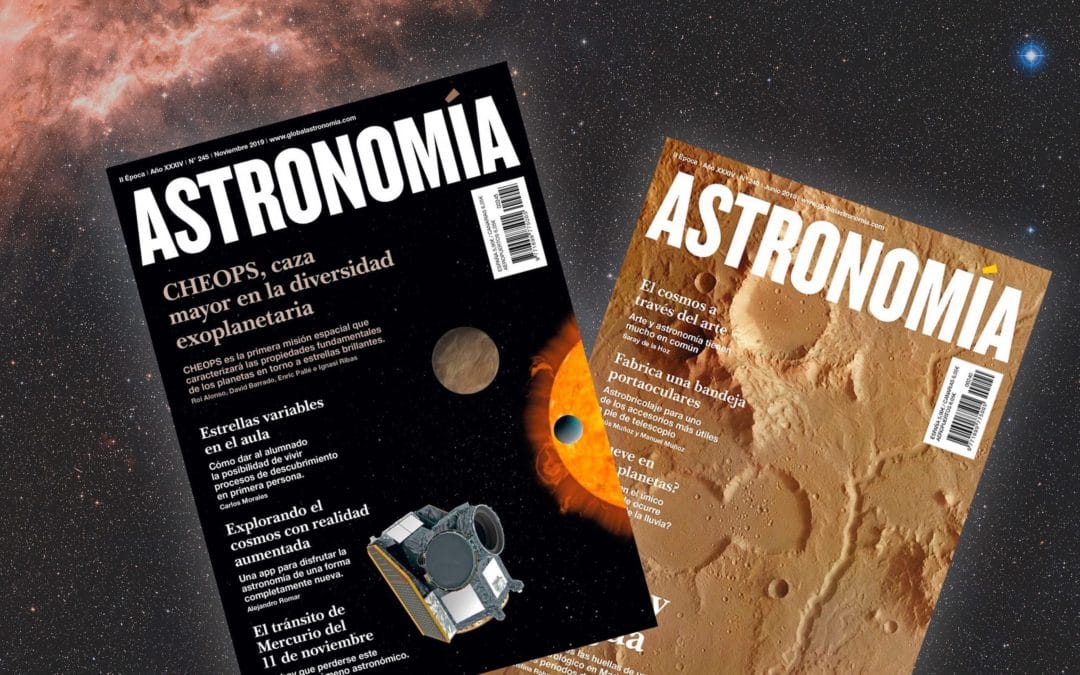Education is key for our future and thus at SpaceRobotics.EU we always try to fit the latest technologies in our hands into education and science popularization enterprises. Some of our latest projects in this matter have been to create Virtual Reality and Augmented Reality apps to spread our knowledge about space. At “Astronomía” national magazine, they were very interested in these projects and published us a couple articles on them. One even made it all the way up to the cover!
Our first article was published in “Astronomía” number 240, pages 20 to 21. In this text, we overviewed the current challenges that education and science popularization programmes face nowadays and proposed Augmented Reality (AR) and Virtual Reality (VR) as solutions. We discussed some of the main advantages of using these technologies for educational purposes and presented those that back then were our latest VR experiences, the Apollo 11 VR experience and the Apollo 17 VR driving simulator.
[…] Augmented Reality is the inclusion of virtual elements in a real environment. Virtual Reality is an experience where all stimuli from the real world are completely replaced by those from a computer-simulated virtual environment. The success of these technologies can be partially attributed to their recent appearance on markets. Since most users have still had little or no contact with them, experiencing them is novel and inevitably fascinating. The other relevant factor in their success is the immersive sensation they produce in the user. Fusing the real environment with a virtual one or replacing it completely, they create a unique and impressive sensation. […]
Keep reading (in spanish only) at globalastronomia.com
Our second article appeared on “Astronomía” number 245’s cover and ranged pages 38 to 44. This publication focused on “Explorando el Cosmos”, the latest “Sal a Ver las Estrellas” tool. “Sal a Ver las Estrellas” is a project developed by SpaceRobotics.EU and committed to developing free tools to ease the promotion and dissemination of astronomy. Within “Sal a Ver las Estrellas”, “Explorando el Cosmos” is the newest and biggest project yet. It’s a state-of-the-art space-related exhibition designed to awaken interests in astronomy, solve some of the most common doubts about the universe and complement other space education projects. Although straightforward almost-text-free posters may distinguish “Explorando el Cosmos” from every-day exhibitions, Augmented Reality is what really makes the difference. Trough “NubaloAR” (which may be downloaded from GooglePlay and the AppStore for free) anyone can turn the exhibition into an AR experience just by scanning the posters with their phone’s camera. Besides presenting “Explorando el Cosmos”, in this article we further explored the advantages of using AR for educational purposes and proposed the usage of personal cell-phones as audioguides and AR devices in modern museums and visitors centres.
[…] In a quite eloquent and memorable speech on January 9th 2007, Steve Jobs put forth the following idea about touch-screen phones: ” […] Who wants a stylus? You have to get them and put them away and you loose them, yaigh! Nobody wants a stylus! So let’s not use a stylus. We are going to use the best pointing device in the world, we are going to use a pointing device that we are all born with, we are born with ten of them, we are going to use our fingers. […] ” With these words, the world discovered the multi-touch screen system, a turning point for the portable device industry that for almost a decade kept stylus out of the market.
The essence of the key timeless philosophy that made him succed lies in the simplicity of just taking advantage of what we already have and expand its usefulness. So why not recover this idea? Why not apply this to the future of museums and exhibitions? Who wants an audio guide? You have to carry them, they are a hindrance throughout the visit and they allow you to interact neither with the exhibition nor with your companions. And who’s interested in coping with waiting times of half an hour or more to have the opportunity of accessing any of the interactive, 3D, or augmented reality elements?, which are always the most requested. Why not use as a guide and as an interactive 3D and augmented reality element a device that we always have on hand?, our mobile phone! This idea has been hanging in the air for several years now and “Explorando el Cosmos” is one of the proposals strongly committed to explore all the possibilities it offers. […]
Keep reading (in spanish only) at globalastronomia.com
We are pleased to see how other institutions related to space such as “Astronomía”, the first Spanish magazine entirely dedicated to astronomy, show interest and support educational-technological projects like these, and we’ll be happy to extend our collaboration to continue sharing our experience.
Cover Image is a composition by SpaceRobotics.EU – Background image © NASA-ESA Hubble Space Telescope. Magazine covers © Astronomía magazine.
The magazine pages snapshots image is a composition by SpaceRobotics.EU – Original pages © Astronomía magazine & SpaceRobotics.EU


